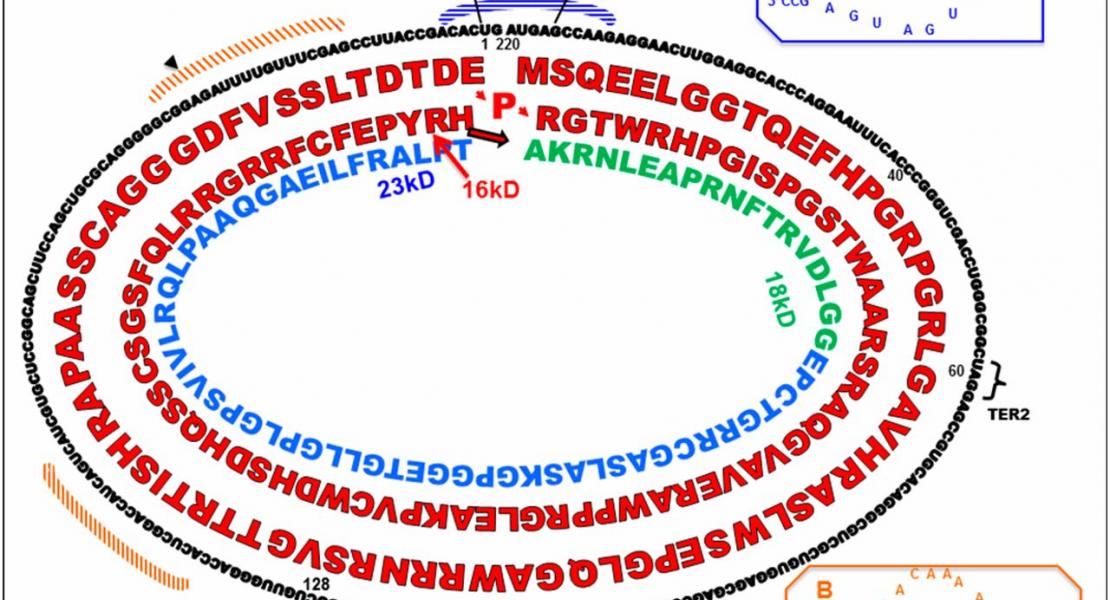DDX5 and its associated lncRNA Rmrp modulate TH17 cell effector functions

Abstract
T helper 17 (TH17) lymphocytes protect mucosal barriers from infections, but also contribute to multiple chronic inflammatory diseases. Their differentiation is controlled by RORγt, a ligand-regulated nuclear receptor. Here we identify the RNA helicase DEAD-box protein 5 (DDX5) as a RORγt partner that coordinates transcription of selective TH17 genes, and is required for TH17-mediated inflammatory pathologies. Surprisingly, the ability of DDX5 to interact with RORγt and coactivate its targets depends on intrinsic RNA helicase activity and binding of a conserved nuclear long noncoding RNA (lncRNA), Rmrp, which is mutated in patients with cartilage-hair hypoplasia. A targeted Rmrp gene mutation in mice, corresponding to a gene mutation in cartilage-hair hypoplasia patients, altered lncRNA chromatin occupancy, and reduced the DDX5–RORγt interaction and RORγt target gene transcription. Elucidation of the link between Rmrp and the DDX5–RORγt complex reveals a role for RNA helicases and lncRNAs in tissue-specific transcriptional regulation, and provides new opportunities for therapeutic intervention in TH17-dependent diseases.
